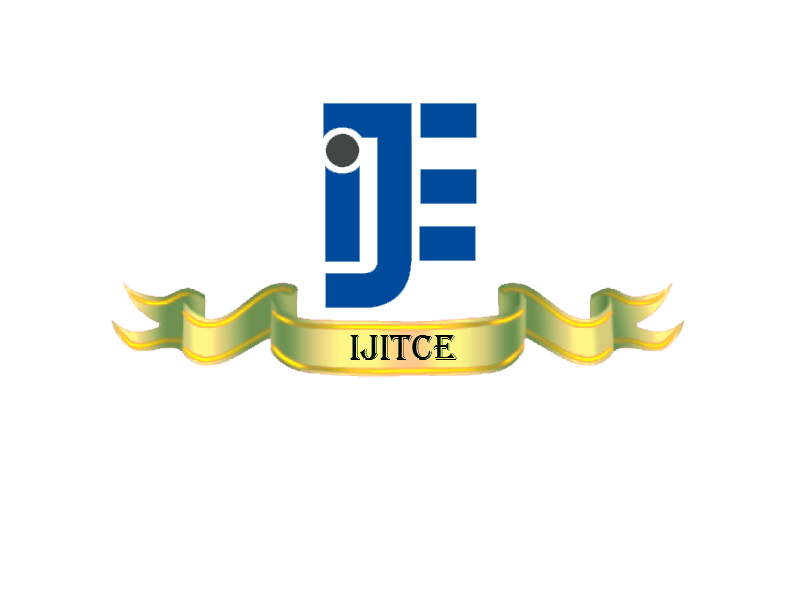October 2013 Issue Vol.3 No.10
Free Your Mind: Unlock Your Inner Creativity
Alyssa Black, William Dow, Stephanie Harrison, Adam Krebs, Kathleen McGuire, Jessica Urbano, Philipp Storch, Bradley Chase, Frank Jacobitz, Thomas SchubertShiley-Marcos School of Engineering, University of San Diego
5998 Alcala Park, San Diego, California, 92110, USA
Abstract: Creativity is a major factor in many careers, subjects, and disciplines. Although many people first assume engineering to be a field of study that does not require any creativity, it is actually an essential tool for successful engineers. The mark of a truly accomplished engineer is the ability to problem-solve effectively; in other words, to generate creative solutions. Although the goal as engineers is to become more creative throughout one’s career, is it even possible to gain creativity? Is creativity an innate quality, or a learned one? Since the engineering process demands creativity, we looked into how creativity can be improved, and how exactly it is used in the engineering design process. We surveyed engineering freshman students to determine how they view themselves and how important they think creativity is in relation to engineering. We then conducted research to see what creativity means to different people, how one can improve creativity according to various theories, and how creative processes have been used in past engineering projects. We presented this information to all sections of a second-semester engineering freshman course and surveyed the students at the beginning and end of the lecture to see how their views changed. We evaluated this data to discover if students perceive creativity as learned or innate and how it affects their idea on engineering. The students showed an improvement in awareness of the importance of creativity in engineering and how often it is used. Many did not change their opinion of themselves with regard to creativity but some actually ranked themselves lower after the presentation, presumably because they realized the extent of how creative some people are, especially in regard to engineering. The other data we analyzed was student responses to short questions. We asked students what qualities they associate with creative people and the most commonly used words were “thinks outside of the box,” “innovative,” “confident,” and “open minded.” We also asked what the best techniques for improving creativity within a group are. The most common answers were “different backgrounds,” “different ideas,” “being comfortable,” and “diversity.” These answers mirrored the overall message we attempted to portray throughout our presentation to a fair degree.
Keywords: Creativity, Engineering Design, Undergraduate Education, Assessment
BER Analysis for WCDMA System In Downlink FDD Mode
Juned Khan*,Dr.Suyeb Ahmed Khan**,Dr. Jasvir Singh*** *Mtech Student SSIET Patti**Assot Prof, SSIET Patti, ***Prof Dept of Electronics Technology, GNDU University, Amritsar, Punjab India.Abstract: Wideband CDMA is one of the 3rd Generation technology, which is now popular in cellular systems due to its superior capacity and performance. Due to wide bandwidth of WCDMA system, support high data rate with variety of services on AWGN channel. Inspite of these advantages, Multiple Access Interference (MAI) is a factor which limits the capacity and performance of DS-CDMA based system. Present paper deals with the study of BER with three kinds of power control assumption (Perfect, Imperfect & variable power). The power control arises because of multiple access interference. The performance of the transmitter power control is one of the several dependent factors for deciding the capacity of WCDMA. It is observed that the performance degradation of a desired user depends on its spreading factor as well as every users (cause of MAI) present in the same network being operated at the variable power control. The performance is based on signal to noise ratio value in achieving the target value of BER (10-3).
Keywords: BER Analysis, WCDMA, FDD
